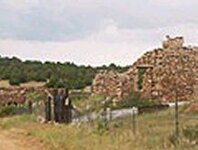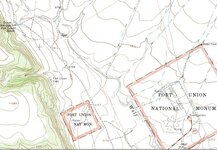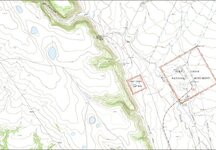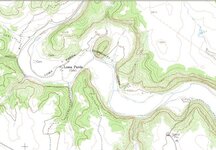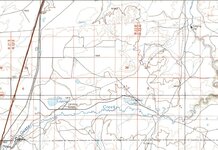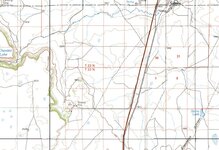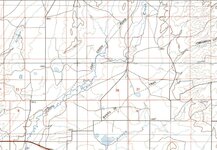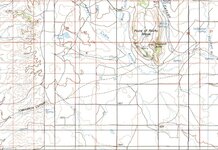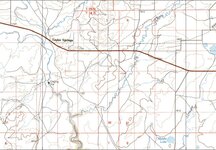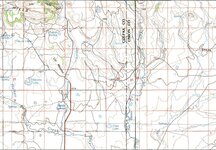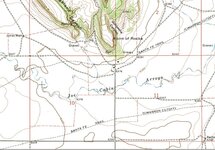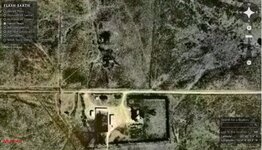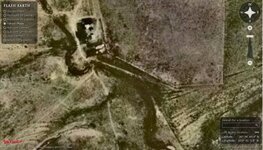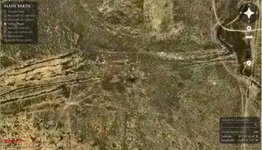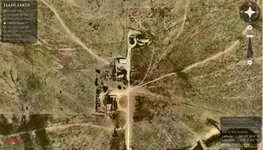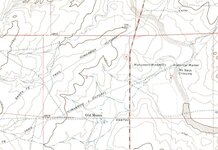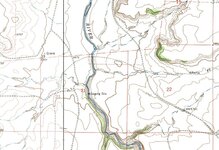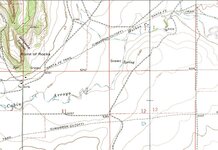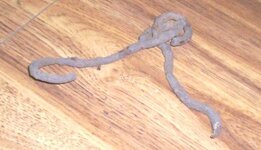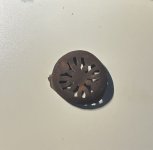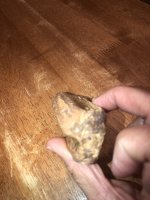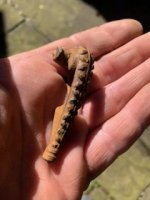Highmountain
Hero Member
The wagons would travel four abreast because it took far less time to form breastworks of wagons by traveling this way than in a single line. And time was of the essence in defending against Indian attack. It is said, from incomplete records, that in 1847 alone trader’s losses totaled 330 wagons, 6500 animals and 47 dead traders and teamsters. In 1868 from Fort Larned, George Custer was responsible for vastly reducing the number of Indian attacks on the trail. In 1870 the railroad that ended the Trail came through.
http://santafetrailhunts.com/santa-fe-trail-history.aspx
As you can see from the topos below the route is well established and easy to identify with precision on the topos. The most popular night stops are also fairly well estabished through the diaries and historical records of folk who traveled it, along with some of the many Indian attack sites.
If anyone interested in trying to locate metal detecting sites along the route cares to post it might make some interesting discussion.
http://santafetrailhunts.com/santa-fe-trail-history.aspx
As you can see from the topos below the route is well established and easy to identify with precision on the topos. The most popular night stops are also fairly well estabished through the diaries and historical records of folk who traveled it, along with some of the many Indian attack sites.
If anyone interested in trying to locate metal detecting sites along the route cares to post it might make some interesting discussion.
Amazon Forum Fav 👍
Attachments
-
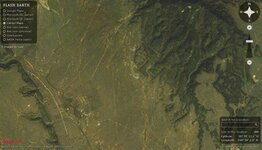 Fort Union 35 55 11 1N 104 59 2W.jpg45 KB · Views: 1,014
Fort Union 35 55 11 1N 104 59 2W.jpg45 KB · Views: 1,014 -
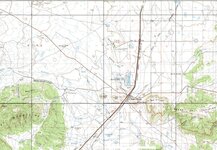 2 Wagon Mound Cutoff topo WM 2.jpg235.8 KB · Views: 1,141
2 Wagon Mound Cutoff topo WM 2.jpg235.8 KB · Views: 1,141 -
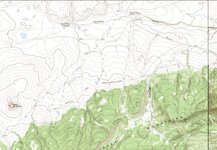 1 Wagon Mound Cutoff topo NE 2.jpg80.4 KB · Views: 1,001
1 Wagon Mound Cutoff topo NE 2.jpg80.4 KB · Views: 1,001 -
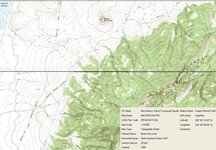 1 Wagon Mound Cutoff topo.jpg84.3 KB · Views: 1,015
1 Wagon Mound Cutoff topo.jpg84.3 KB · Views: 1,015 -
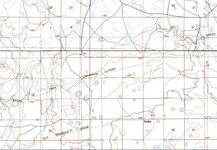 6 Santa Fe Tr from East Near Sophia Camps.jpg67.8 KB · Views: 845
6 Santa Fe Tr from East Near Sophia Camps.jpg67.8 KB · Views: 845 -
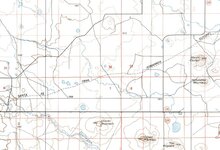 5 Santa Fe Tr from East Near Chaves Mt Camps.jpg143 KB · Views: 955
5 Santa Fe Tr from East Near Chaves Mt Camps.jpg143 KB · Views: 955 -
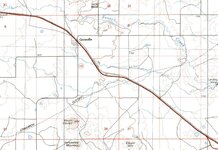 4 Santa Fe Tr from East Near Grenville Camp.jpg149.9 KB · Views: 859
4 Santa Fe Tr from East Near Grenville Camp.jpg149.9 KB · Views: 859 -
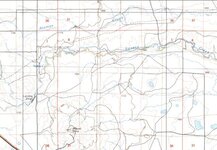 3 Santa Fe Tr from East Seneca Spring Camp.jpg64.3 KB · Views: 878
3 Santa Fe Tr from East Seneca Spring Camp.jpg64.3 KB · Views: 878 -
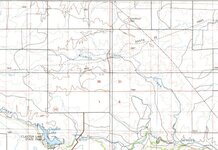 2 Santa Fe Tr from East Alamos Spring Camp.jpg66.9 KB · Views: 857
2 Santa Fe Tr from East Alamos Spring Camp.jpg66.9 KB · Views: 857 -
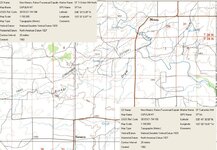 Santa Fe Tr enters NM from East.jpg168.2 KB · Views: 961
Santa Fe Tr enters NM from East.jpg168.2 KB · Views: 961


